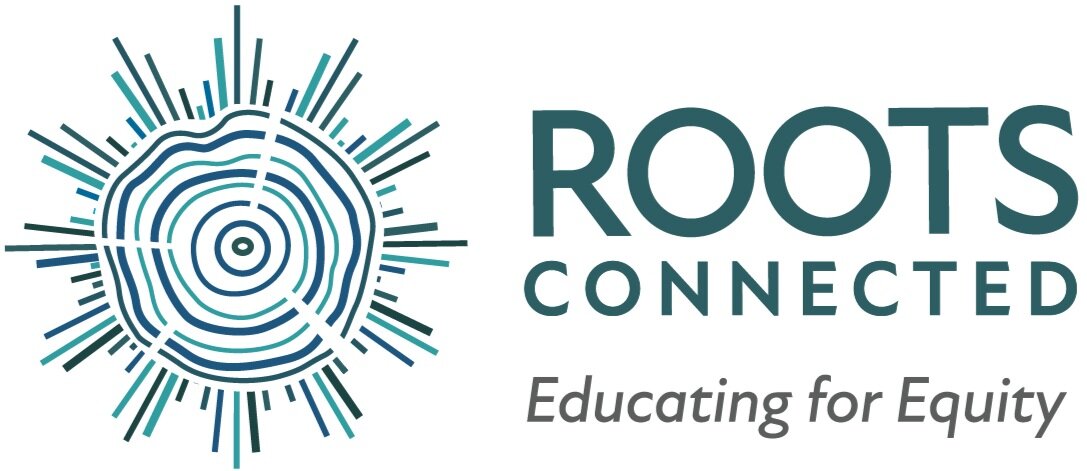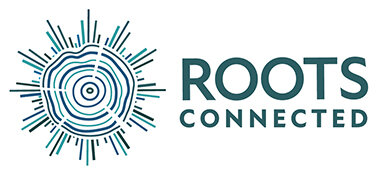More than Just a Multi-Cultural Potluck: Finding Ways to Engage and Include All Families in the School Community
Contributor: Sahba Rohani
We are always asked about the community-building work we do with our families. Traditionally, involving family members in a school community looks a certain way: attending PTA meetings, volunteering for large school events, and, occasionally, cooking a dish for a multi-cultural potluck. Although these have all played a role in the functioning of a school community, it seems important and critical to re-think what parent engagement looks like. Growing up, I remember the parents of my middle class white friends, who easily walked in and out of rooms and were able to navigate all the various ways in which one could participate as a parent in my elementary school: from the book fair and the field trips, to the PTA meetings and parent-teacher conferences. I also remember how much more difficult all of those activities were for my own mother - new to this country and to the English language - who was not as well-versed in the “do’s and don’ts ” that become the silent language by which a parent with privilege may navigate a school.
I’ve thought a lot about my mother, and about the many other parents who need alternate ways to feel welcomed and included in a school community. I’ve thought about whose voices we traditionally hear and which stories dominate the halls. And I’ve contemplated how to remake those spaces in order to value all the family members as important parts of the school community. Being much older now and myself working in an intentionally diverse school community, I understand how important it is to create opportunities for all our stakeholders - our students, our families, and our faculty - to engage in building community.
At Community Roots, we have been actively working for years to create spaces for our families where identities can be shared, stories told, and perspectives honored. We have also learned that food, sports, music, and kids are all things that bring families together. We are a diverse school and not a neighborhood school, meaning children come from all over our district to attend our school. We find that some of the most important work we can do, particularly in light of the divisiveness we see around us, is to create small intimate spaces where families can get to know one another and spend time with other members of our community. We do this through programs like, but not limited to: Family Art Making, COOKS, Family Sports Night, Book Clubs, and Discussion Groups.
This requires us to be thoughtful about the way that we create groupings for our family events. For example, we want to ensure that families new to our community have the opportunity to participate, we want to ensure that we have representation from all of our families from Kindergarten-8th grade, we want to ensure that we have a diverse group of families attending and that we are thinking about race, class, gender, family make up and a slew of other factors that allow for the wide cross section of identities in our school community to come together and learn from one another.
Our community programs are always more than one session and take place over a number of weeks. Attendance is required at each session and we intentionally keep the numbers small. We believe that connections build over time and in intimate spaces. We have seen this happen through the years. One family member who participated in our Story Quilt program, said: ”At first I thought Story Quilt was a nice two-day arts and crafts project, but I didn’t expect the level of sharing that would go on. It was really something to be a part of it; it was as if we were our children in their classrooms, experiencing what their safe space actually feels like. People of all backgrounds shared their life stories and how their world outlooks came to be. I felt honored to be trusted with that level of openness and to be able to share my story with people that I did not know, and to delight in discovering similarities.“ Another family who has joined us in Family Sports Night over the last few years commented that this is the place where he and his son can practice all the things they talk about as a family; that it is a chance for them to get to know other people who are doing the same.
Our Elementary classroom doors open at 8:15am, with family members not just allowed in, but encouraged to sit, spend time with their child and others in the room, and read together. Our culminations at the end of each social studies unit are spaces where kids proudly take grown-ups through a journey of what they have learned. Hand in hand or huddled in the corner together, the adult is taught by the child. “I didn’t learn like this when I was younger,” a 5th grade parent shares after spending an hour with his child learning about the Black Freedom Movement, “I wish I talked about this when I was younger. I would have been a better adult.” These small moments, experienced differently by each parent or guardian, make up the building blocks that slowly build trust and, over time, vibrant communities.
There is no doubt that we live in an incredibly fractured society. Schools have the capacity to provide the space where, with meaning and intention, communities can be built. Our families are an essential part of that building process and should be considered integral to the overall growth and vibrancy of the community.


